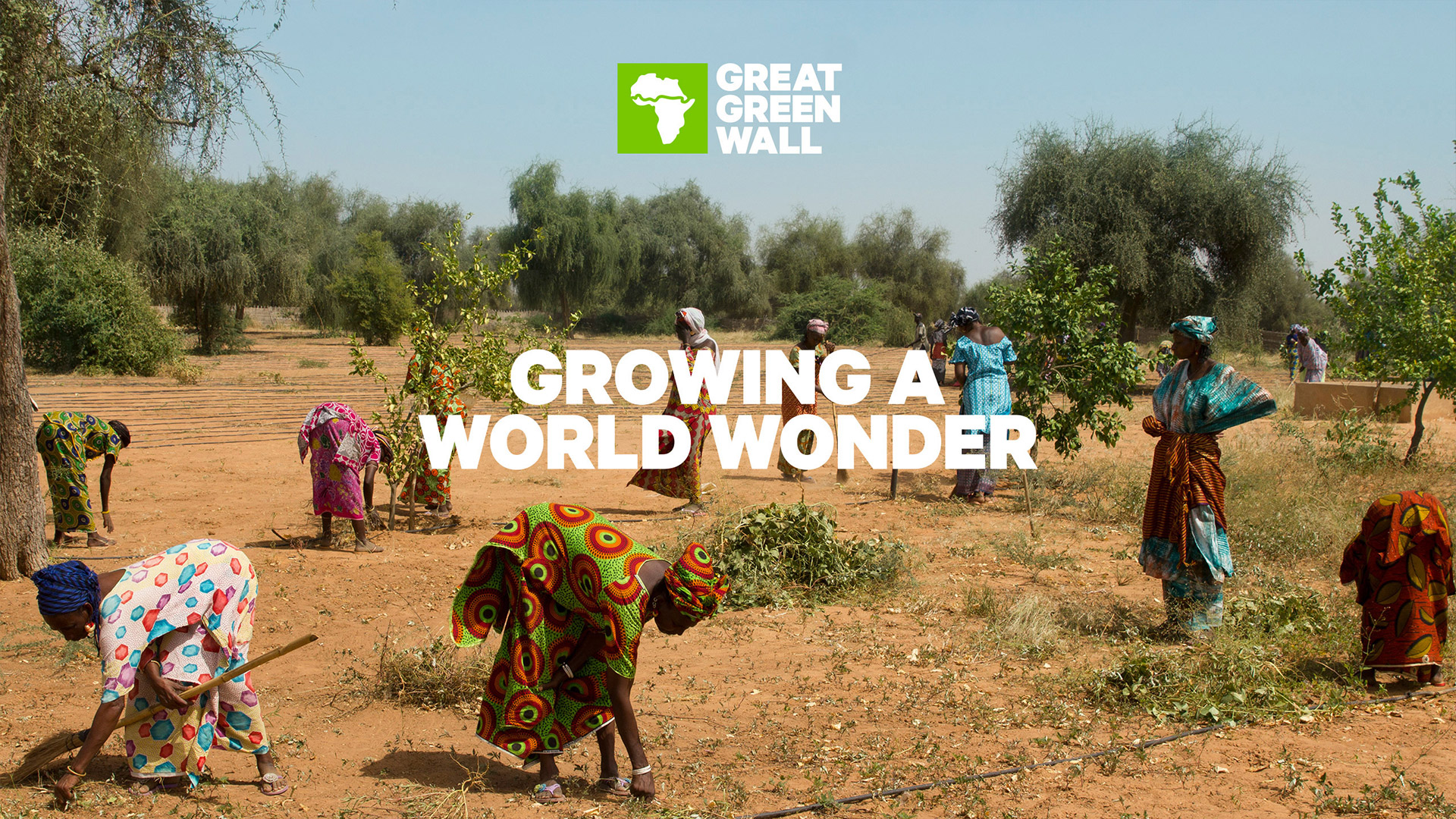In April, World at Large reported on an ambitious plan to combat rising world temperatures that earned researchers at the Salk Institute for Biological Studies $35 million in grants from private donors. The plant biologists at Salk wanted to genetically modify agricultural crops like soy and lettuce to grow larger root systems to increase the amount of carbon these mega crops could hold while they sit on the farm.
Another example of modern plant-centered ideas to reduce climbing world temperatures comes from a new analysis by way of the United Nations Intergovernmental Panel on Climate Change (IPCC). It found that adding nearly 1 billion additional hectares of forest could remove two-thirds of the roughly 300 gigatons of carbon humans have added to the atmosphere since the 1800’s.
Our Many-limbed Comrades
“Forests represent one of our biggest natural allies against climate change,” says Laura Duncanson, a carbon storage researcher at the University of Maryland in College Park and NASA who was not involved in the research. Still, she cautions, “this is an admittedly simplified analysis of the carbon restored forests might capture, and we shouldn’t take it as gospel”.
The latest report from the IPCC recommended adding 1 billion hectares of forests to help limit rising world temperatures to 1.5° C by 2050. Ecologists Jean-Francois Bastin and Tom Crowther of the Swiss Federal Institute of Technology in Zurich and their co-authors wanted to figure out whether today’s Earth could support that many extra trees, and where they might all go.
For comparison, if you took the 640 million acres of public land in America which include everything from scenic treasures like Yosemite to bog-standard national forests, you’d have 28% of the total acreage of the United States. Converted to hectares the 640 million shrinks by about a third, to a 258 million.
Continue Reading — The American Prairie Reserve: Stitching The Great Plains Back Together Again
Therefore a billion hectares of additional forest cover on earth is 4x the amount of the entire American public land system, or in other terms, an area the size of the United States. However with so many trees needed, Bastin and Crowther needed to devise a clever a way to find out exactly how many trees each part of the world could hold.
They analyzed nearly 80,000 satellite photographs for current forest coverage. The team then categorized the planet according to 10 soil and climate characteristics. This identified areas that were more or less suitable for different types of forest. After subtracting existing forests and areas dominated by agriculture or cities, they calculated how much of the planet could make room for these carbon-capturing trees.
Photo credit: Greatgreenwall.org
A Solution Rooted In Forests
Earth could naturally support 0.9 billion hectares of additional forest—an area the size of the United States—without impinging on existing urban or agricultural lands, the researchers report today in Science. Those added trees could sequester 205 gigatons of carbon in the coming decades, roughly five times the amount emitted globally in 2018.
“This work captures the magnitude of what forests can do for us,” says ecologist Greg Asner of Arizona State University in Tempe, who was not involved in the research. “They need to play a role if humanity is going to achieve our climate mitigation goals”.
Adding forests wouldn’t just sequester carbon. Forests provide a host of added benefits including enhanced biodiversity, improved water quality, and reduced erosion. According to the World Wildlife Fund, 80% of land animals live or rely on forests, including some truly magnificent species such as the Asian elephant, and the orangutan.
Estimates of how much forest restoration on this scale would cost vary, but based on prices of about $0.30 a tree, Crowther says it could be roughly $300 billion.
This sort of mass reforestation has been taking place in Africa’s Sahel region for over a decade. World at Large reported in March on Africa’s Great Green Wall – a project to create a belt of trees across the widest part of the African continent.
The Great Wall would create opportunities to reverse the desertification of once-fertile agricultural land, vastly improve food security, reduce the pressure on West and North African cities from mass exoduses of the countryside, create green jobs, improve access to irrigation and water, and increase the effectiveness and profitability of outside investment in infrastructure in the rural Sahel.
12 million drought-resistant tree species have been planted over the last decade in places like Senegal, Niger, and Mauritania. The Great Wall’s ambition is for the restoration of 100 million hectares of degraded land by 2030, much of it through the planting of trees and large bushes.
As so much of the world’s infrastructure relies on carbon-emitting power sources like oil, coal, and gas, engaging large countries like China, India, and the United States in converting their grids, transportation and farming sectors to renewable energy platforms represents a much more difficult task than simply planting billions of trees. Given the support, at least in America, for national forest conservation, it probably wouldn’t be a tough sell.




